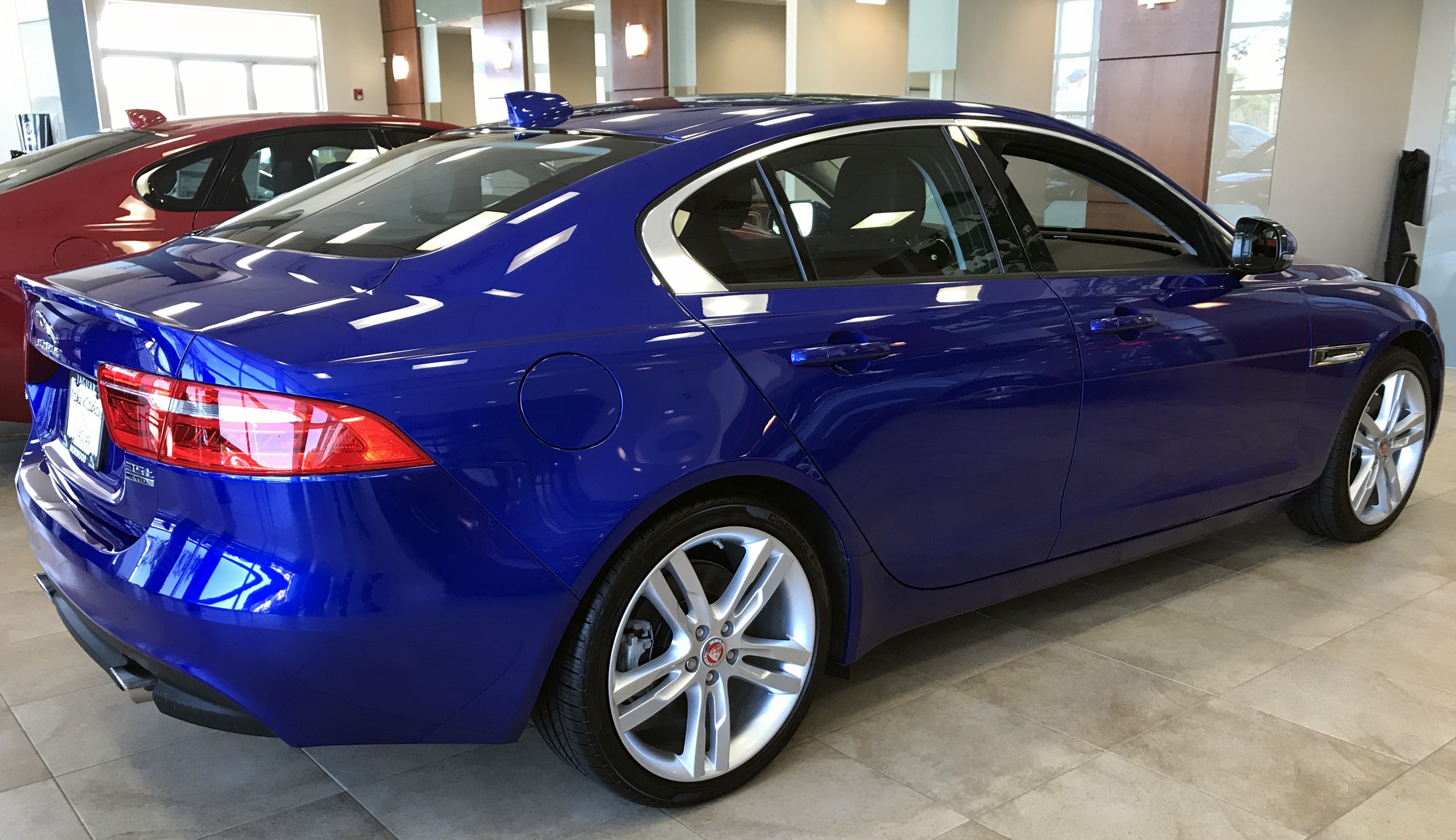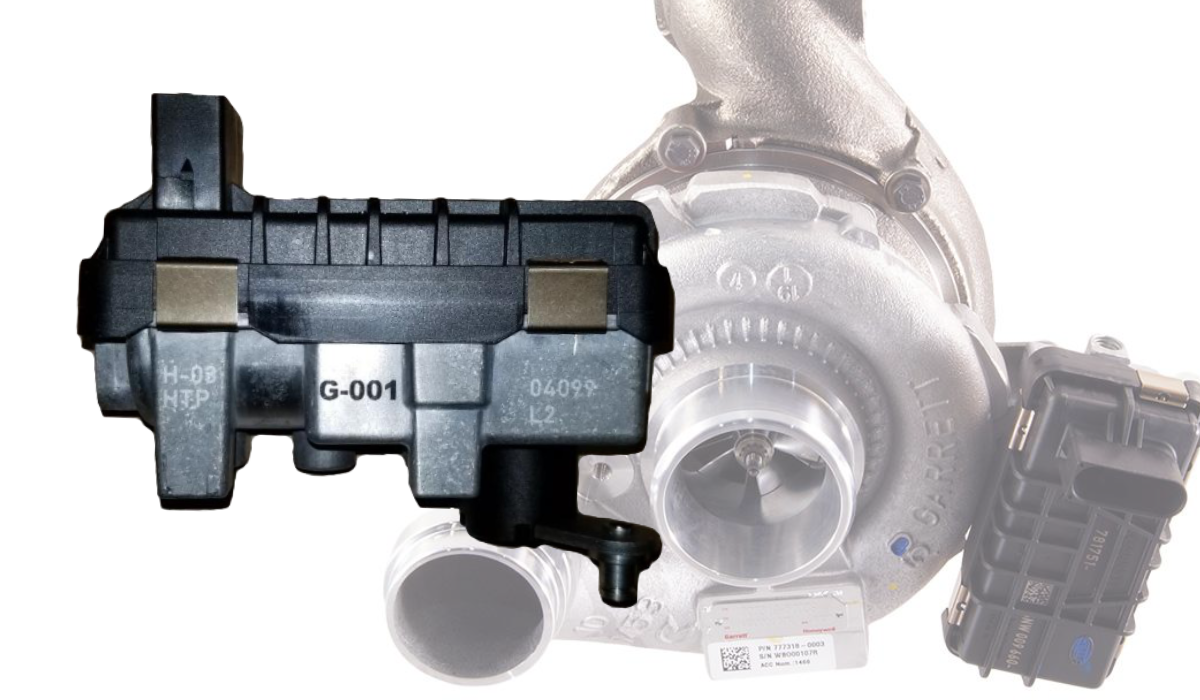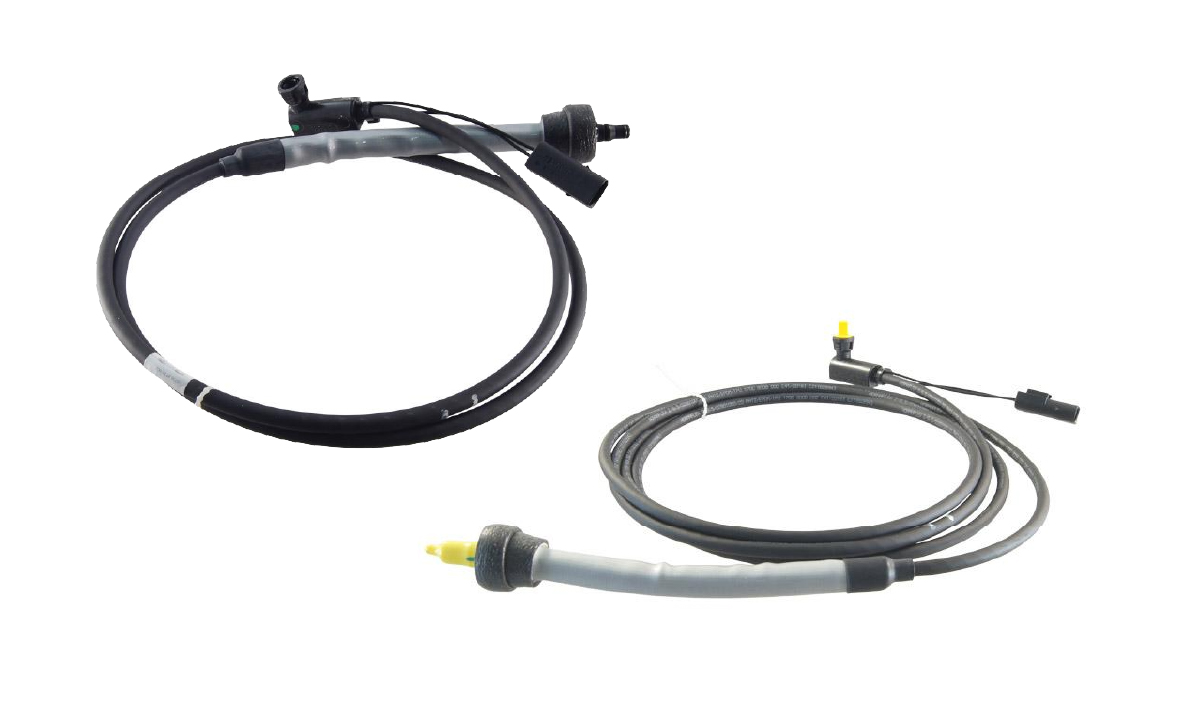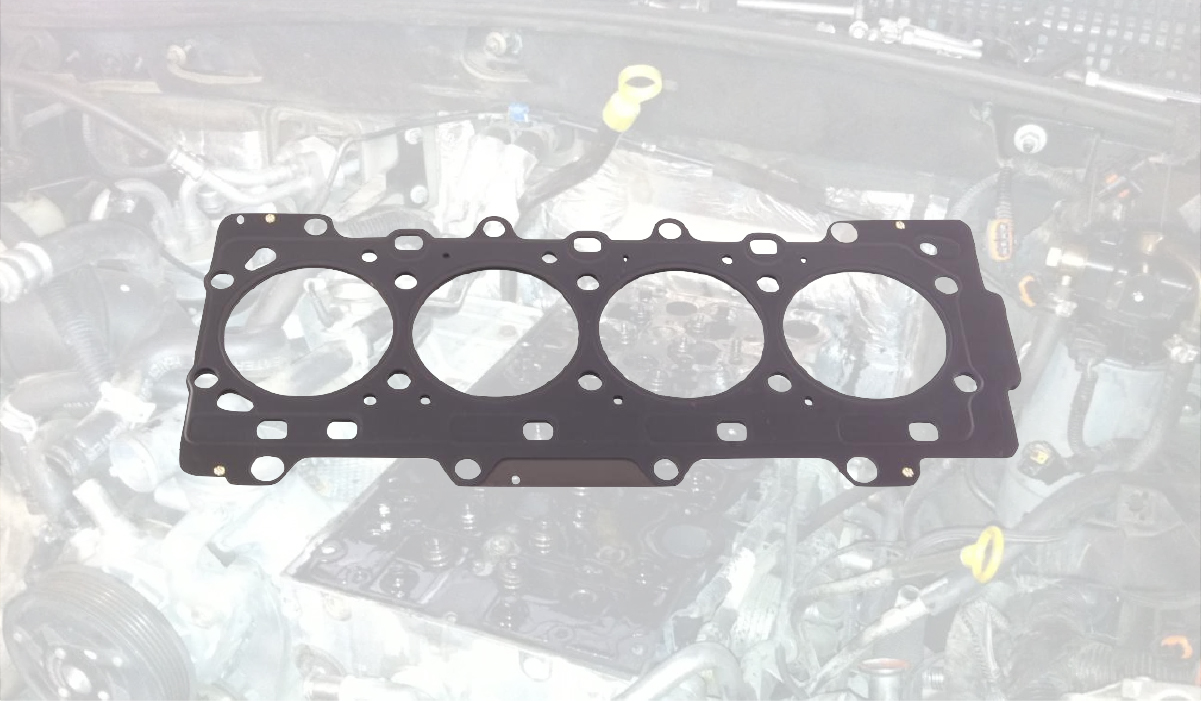Jaguar isn’t known for its diesel vehicles on this side of the Atlantic, even though they’ve offered them for years in Europe. But that’s changing: Jaguar has a diesel in three of the five models it offers in North America for 2017, more than any other automaker.
The 2-liter (20d) Diesel is part of Jaguar’s lighter Ingenium line of gasoline and diesel engines, all with 500cc bores and lower friction operation. As with all modern diesels it’s turbocharged, which provides 318 lb-ft of torque and 180 HP. This diesel is in:
- The XE, Jaguar’s 3-Series Competitor, $37,225
- The XF, their mid-sized offering, $49,275
- The F-Pace, the company’s first foray into the SUV market, $46,275.
All three of these cars are on new platforms since 2016.The use of aluminum helps keep weight low even with AWD and extensive electronic and safety features. But with vehicle weights ranging from 3,320 lbs, (XE RWD) to 4,340 lbs, (F-Pace AWD) the 20d has its work cut out for it.
Remarkably, the 20d performs surprisingly well, thanks in no small part to the ZF 8-speed automatic, which makes sure all 318 lb-ft are available when needed. The XE feels quick at lower speeds, even in AWD trim, and the F-Pace (we didn’t drive one) is reported to only feel short of breath when accelerating at highway speeds. The XF, not surprisingly, falls in-between.
For all three cars, 0-60 falls in the 8-9 second range and quarter miles come up in the 16-17 second range. Not fast by today’s standards, but fast enough. By comparison, BMW’s 328d will reach 60 in 8 seconds, and the quarter mile in 15.5, despite its 38 lb-ft of torque disadvantage.
The Jaguar has a persistent diesel sound that’s almost a whine, like a noisy transmission. Not objectionable, but it’s there. And the 8-speed tends to lug the engine in top gear at lower speeds. We suspect both issues will improve as the cars get some miles on them.
We spent most of our time in the compact XE, which is taking aim at the 3-Series diesel. When compared to the BMW, the XE feels smaller inside. Trim quality is good, and outward visibility is decent for a sports sedan. We found the rear seat legroom and headroom lacking when compared to the BMW. One XE advantage is no run-flat tires and a full-size spare. BMW 3-Series haven’t had spare tires since 2009.
The Jaguars offer plenty of driver aids with its In-Touch control. Optional back-up camera and Nav, multi-function display in the cluster, satellite radio, and other features. The Nav, however, cannot respond to voice commands.
So what about fuel economy? That’s what diesels are about, right? The sedans will deliver mid-30s in daily driving, 40+ on trips. Figure 8-10 MPG less for the boxier and heavier F-Pace SUV.
No surprise, we love diesels. We’re thrilled that Jaguar is offering this option in North America. The XE is a serious competitor to the 3-Series, and the XF and F-Pace have no diesel competition, at least not until the 5-Series and X3 diesels return to our market.
If you drive long distances the Jaguar 20ds are remarkable cars. 600-700 miles per fill will be commonplace, the 8-speed keeps revs low on the highway (1900 at 80), and all three are quiet, ride well, and have plenty of electronics to keep you entertained. Although the diesels are new here, Jaguar has been building diesels for other market for years, so they’re hardly new at this.
Give one a try!







Leave a Reply